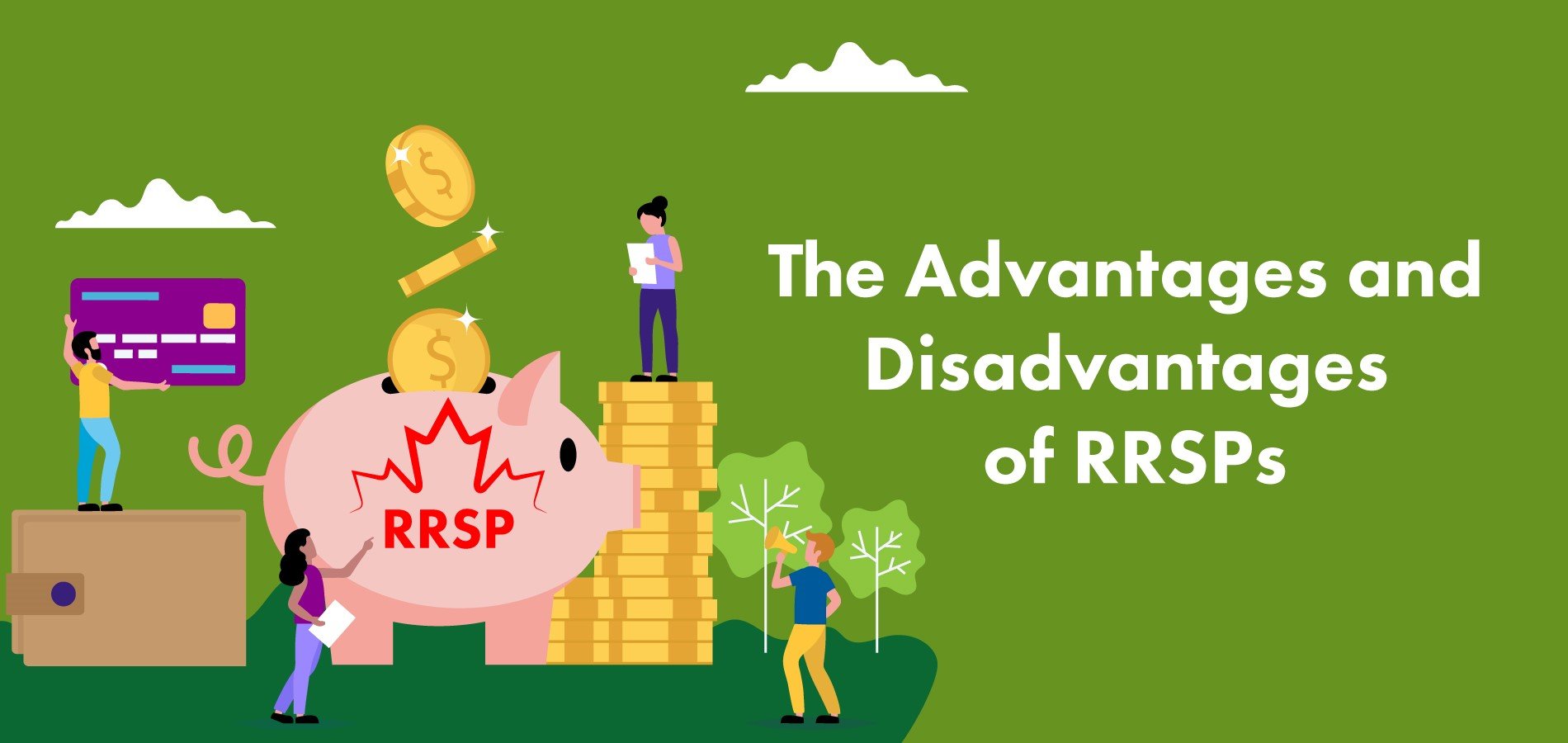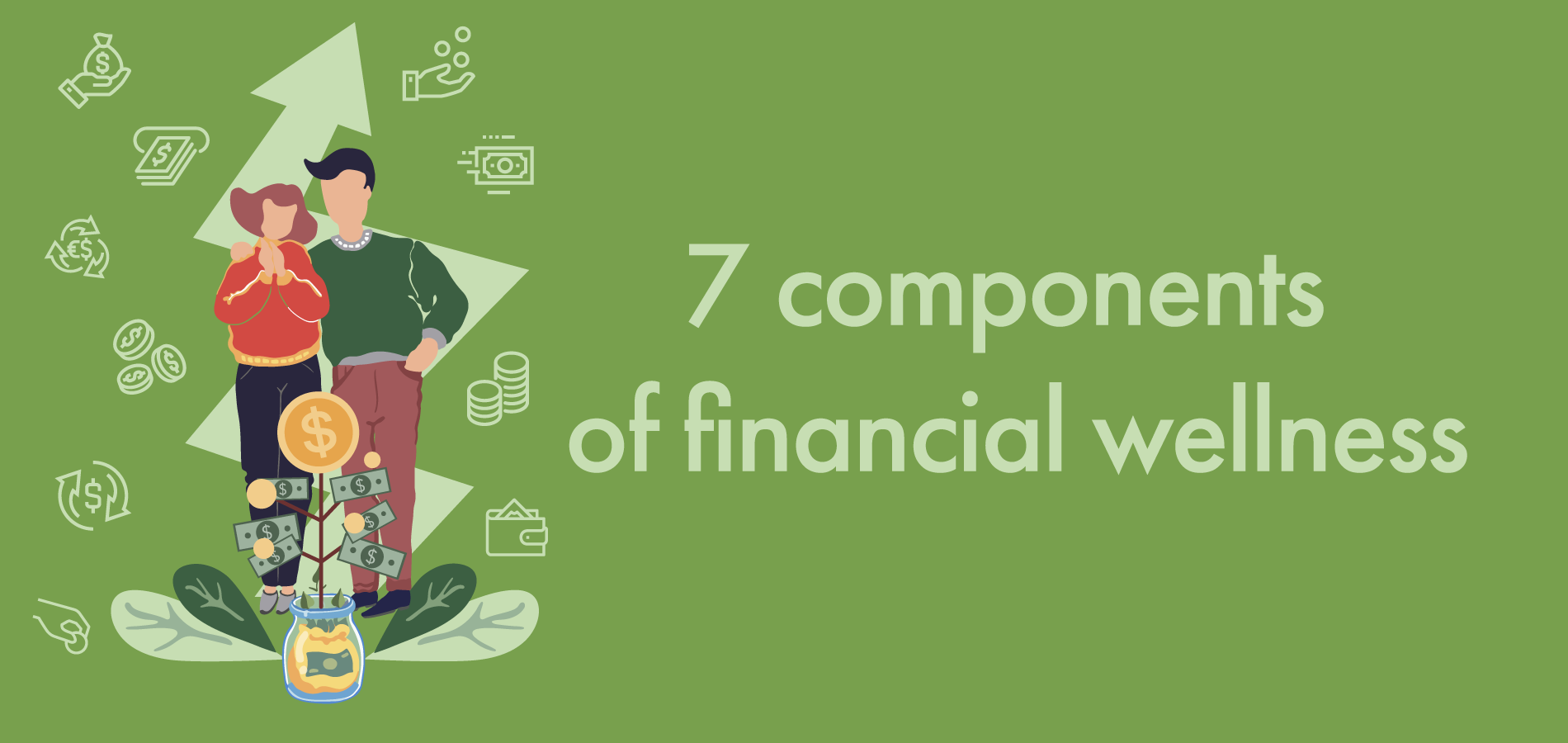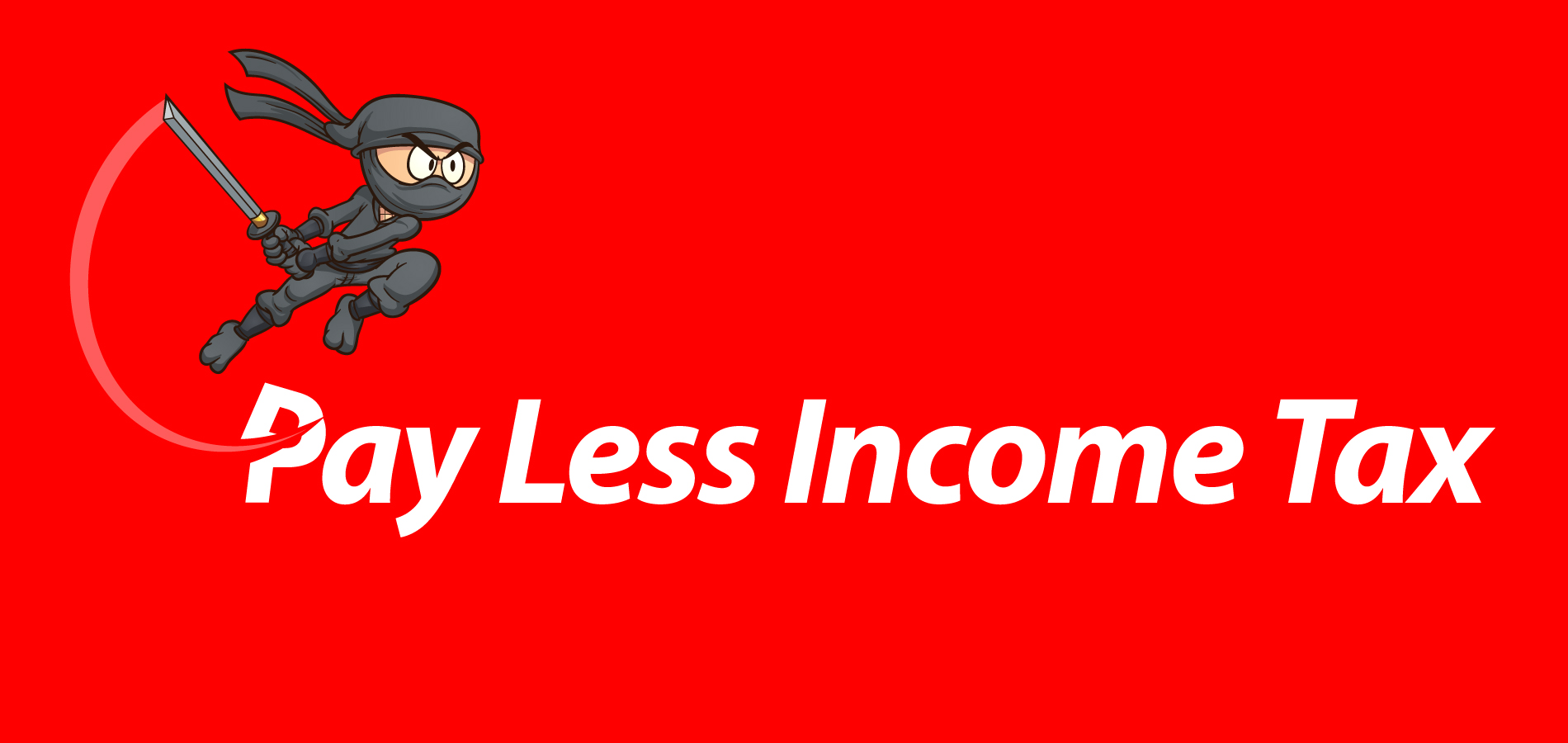Canadians have embraced Registered Retirement Savings Plans over the years, with the average person holding more than $100,000 in their account, according to a BMO survey. Nevertheless, RRSPs do have strengths and weaknesses. It’s important for people to understand these RRSP pros and cons to plan their entire investment portfolio accordingly.
You should know the difference between a Tax Free Savings Account (TFSA) and RRSP and how to leverage both to maximize benefits.
First, the good news. When you contribute to your RRSP, you receive a tax deduction. Depending on your situation, this can result in a nice income tax refund every spring.
Sometimes there’s double good news. Your company may have an employer RRSP contribution matching program. You may ask “how does employer rrsp match work?”. Depending on your employer, matching can add up to 100 percent of your contribution. Even if your employer only matches part of your RRSP savings, it’s still a great deal. It’s free money! Therefore, be sure to capture the entire amount that your company is willing to contribute.
Group vs. Individual RRSPs
Both types of RRSPs are essentially the same. They feature tax-deductible contributions and also defer taxes on any investment growth. However, if your employer contributes towards a group RRSP this can make a huge difference over the long term.
Group RRSPs are considered a type of employer-sponsored retirement savings plan. Contributions made to the Group RRSP are typically on a before-tax basis, through the Group RRSP administrator. Some companies choose to match the amount contributed to the RRSP (usually up to 5% of an employee's salary). This is one of the biggest advantages of a Group RRSP because it is literally free money.
You may wish to have both a group RRSP at work and an individual RRSP. Once you have maximized the employer contribution in your group RRSP, you can build up your individual plan. However, there are some disadvantages depending on your employer's plan. There can be limits on the types of investments allowed in the RRSP, and when a plan owner can withdraw.
Spousal RRSPs
A spousal RRSP allows you to contribute to your partner’s account up to your personal contribution limit. This doesn’t increase your RRSP room, but does allow you to balance your savings with your spouse. It’s quite useful if your partner has a smaller income. When your spouse withdraws money, it will be taxed at a lower marginal rate.
What's the difference between TFSAs and RRSPs?
Most investment portfolios should have funds in both a TFSA and an RRSP. The TFSA carries the advantage that your savings and investment returns are tax-free, even when you make withdrawals. On the other hand, you must pay tax when you take money out of an RRSP.
Therefore, your TFSA can act as an emergency fund should you need to make an unexpected home repair or want to renovate your kitchen. There’s no tax hit when you take money out. If possible, you should avoid taking funds from your RRSP because there is a tax withholding of up to 30 percent on withdrawals.
When you retire, there are tax implications to having funds in a TFSA or RRSP. With a TFSA, you will pay no tax on either your original contribution or your investment returns. On the other hand, RRSP contributions and gains are taxable.
When should you invest in your RRSP?
The RRSP season runs from January 1 to March 1. During these first two months of the year, you can contribute to your RRSP and still receive a tax deduction for the previous year. However, it’s a huge mistake to delay your contribution to RRSP season. That’s because you may not have the funds early in the year (especially if you spent big at Christmas) to make the full contribution.
It's best to invest a small amount every month throughout the year. Your employer may have an RRSP payroll deduction plan that automatically takes the funds out of your paycheque. Or you can arrange for a regular withdrawal through your bank. You will become so used to the funds being deducted automatically that you won’t even miss them.
How much should you contribute to your RRSP?
The Government of Canada sets out RRSP contribution limits. You can put aside up to 18 percent of your earned income from the previous year. You will find your RRSP limit on your notice of assessment from the Canada Revenue Agency. The maximum you can contribute in 2021 is $27,830.
What can you hold in your RRSP?
There is a wide range of options, including:
- Cash
- Stocks that trade on a major domestic or foreign exchange
- Government and corporate bonds
- Mutual funds (these are the most popular because the mutual fund manager takes care of the investing for you)
- Exchange traded funds
- Guaranteed investment certificates
- Mortgages and mortgage-backed securities
- Shares in Canadian small businesses. (However, you can’t hold shares of your own private business in an RRSP if you hold 10 percent or more of the shares).
- Gold and silver
Managing your RRSP
You can have a financial advisor or online investment service manage your RRSP or you can set up a self-directed account. Most people choose the first option because they usually don’t have the expertise or time to select their own investments. With a self-directed RRSP, you simply set up an online brokerage account and buy stocks and investments for your account.
Tax Savings for Health and Dental Coverage
Are you an incorporated individual or small business owner? You could save thousands on medical expenses in Canada by setting up a Health Spending Account (HSA).
A HSA is a cost-effective benefits plan for extended health care coverage. Approved by CRA, these accounts offer tax-free reimbursement on health and dental expenses.
Learn more about Health Spending Accounts for my business:


×
Download list of eligible expenses





